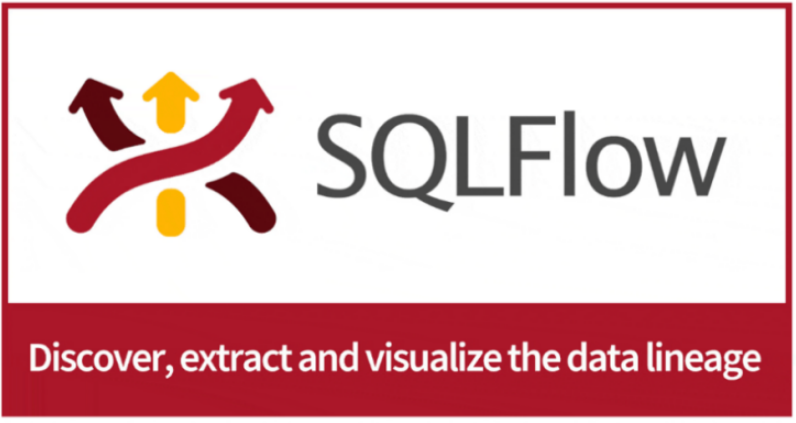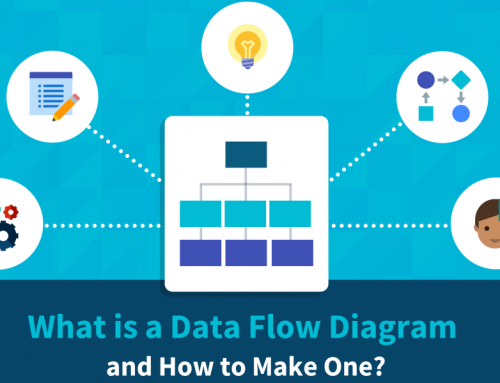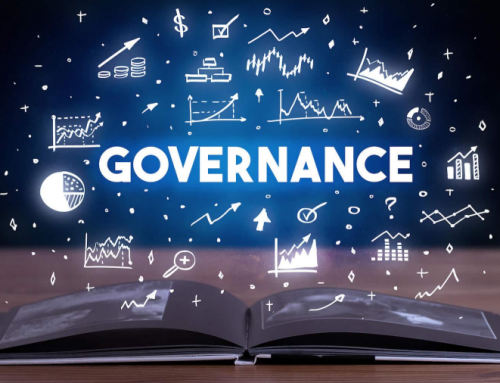How can data lineage tools facilitate data governance strategies?
How can data lineage tools facilitate data governance strategies? In this article, we’ll try to answer this question.
The essence of data governance is corporate data policy compliance. Data policies can span a range of intents and include directives on data protection and data validation. Data stewards and data governance council members must solicit requirements from enterprise users, clarify data quality requirements, specify data quality metrics, and develop methods for measuring data policy compliance.
The challenge, however, is to bridge the gap between defining data governance policies and implementing them. Policies are designed to assert control and oversight of the quality of data assets in the production process, but data stewards are often responsible for key data quality management responsibilities without proper training or tools.
This is where data lineage tools come in. Data lineage documents the passage of data objects through the enterprise and helps simplify two key data governance procedures: root cause analysis and impact analysis.
Data Lineage and Data Governance
Without a way to determine where data errors are introduced into the environment, data stewards can find it difficult to identify and fix data quality problems. As data flaws continue to spread, organizations may be plagued by inconsistent reporting and analysis that affects poor decisions.
Data lineage tools can simplify the root cause analysis process by providing visibility into the sequence of processing stages through which data flows. The quality of data can be checked at every point in the process flow, enabling IT to find the point where data errors are introduced.
Working backwards from where errors were identified, data stewards can insert controls at each point to monitor whether the data meets defined expectations or whether there are errors. A processing stage where data is compliant on entry but flawed on exit is the point at which data errors are introduced. Pinpointing this location allows data stewards to focus on eliminating the root cause rather than just trying to correct bad data.
Data lineage tools can also help data stewards stay on top of unexpected data source format and structure changes in today’s environment, which are more dynamic than in the past. When data sources change, there can be unintended consequences downstream.
By researching from a data acquisition perspective, data stewards can rely on data lineage to help track data dependencies and identify stages of processing affected by data changes. This can allow data stewards to consider how to redesign processing stages to accommodate the identified changes.
What to look for in a data lineage tool?
Manually collecting metadata and documenting data lineage involves a significant investment of resources, but it is error-prone, especially in organizations that rely on reporting and analytics to drive operations. Therefore, it can be helpful to look for data lineage tools and techniques that can not only manage representations of data lineage, but also automatically map them across the enterprise.
Conclusion
Thank you for reading our article and we hope it can help you to have a better understanding of how data lineage tools facilitate data governance strategies. If you want to learn more about data lineage, we would like to advise you to visit Gudu SQLFlow for more information.
As one of the most popular data lineage tools on the market of 2022, Gudu SQLFlow can not only analyze SQL script files, obtain data lineage, and perform visual display, but also allow users to provide data lineage in CSV format and perform visual display. (Published by Ryan on Aug 13, 2022)
If you enjoy reading this, then, please explore our other articles below:




